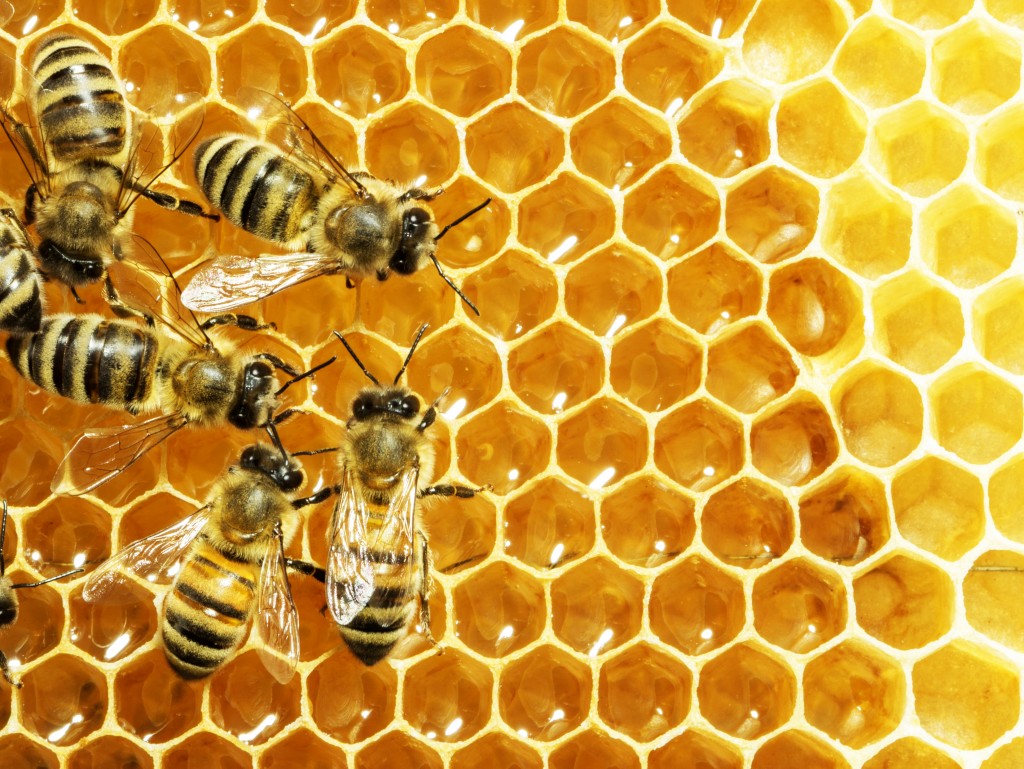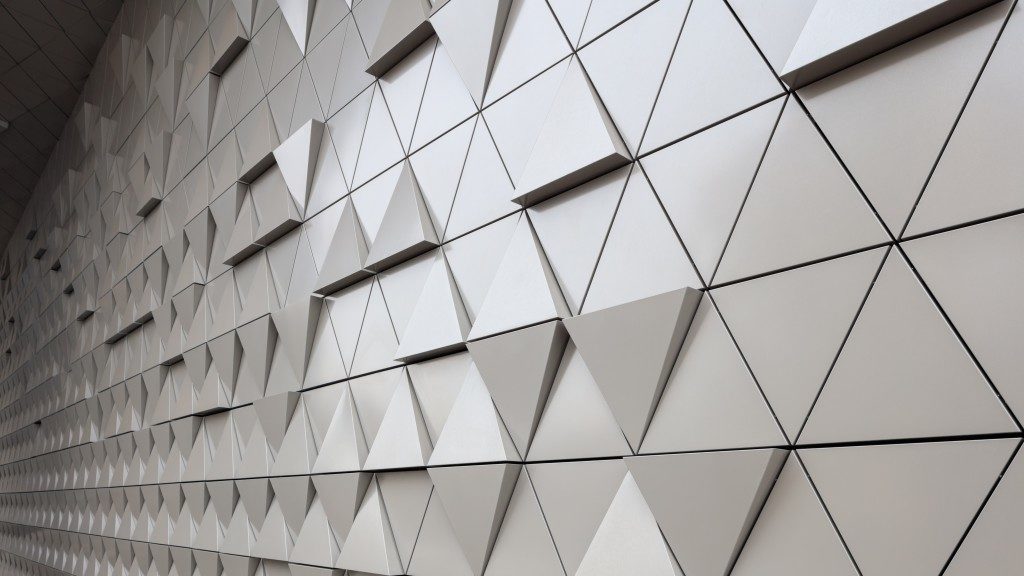How Modern Design Uses the Honeycomb

Unconventional rain screen solutions and facade design are defining structural design in urban centres around the world. These days, you will not see the usual type of geometric paneling that has characterized glass-dominated buildings that rose from the ground the past ten years. The humble quadrilateral is being usurped by something with two sides more.
Have you seen…?
The plans for the Verge Building along North Miami Avenue features glass fibre reinforced concrete shaped to look like a honeycomb design for the facade. The external hexagonal network is already a feature of the Duo skyscrapers in Singapore in the Kampong Glam area. Another key building that intends to feature the design is a mid-rise condominium at the Albany Bahamas resorts. These hexagonal structures catch the eye and play with the mind.
Bees and hexagons
 The hexagon is a shape that is usually associated with bees. At this point, it’s important for us to ask why, of all geometric shapes, bees chose to store honey in hexagonal compartments. A scientist would answer that hexagonal forms allow for maximum use of available space. A hexagon is the best shape to make if you want to use the minimal amount of wax for a storage space that holds the maximum amount of honey. You will have a greater appreciation for this fact when, upon cutting open a honeycomb, you’ll get a considerable amount of honey – more than the structure seems to contain.
The hexagon is a shape that is usually associated with bees. At this point, it’s important for us to ask why, of all geometric shapes, bees chose to store honey in hexagonal compartments. A scientist would answer that hexagonal forms allow for maximum use of available space. A hexagon is the best shape to make if you want to use the minimal amount of wax for a storage space that holds the maximum amount of honey. You will have a greater appreciation for this fact when, upon cutting open a honeycomb, you’ll get a considerable amount of honey – more than the structure seems to contain.
What have we learned?
Through the centuries, mankind has learned a lot from bees. By observing their behavior it has become imminent that they construct their home from the outside in. Their unorthodox mass construction frenzy somehow produces identical hexagons that are interlocked and seamless. Exactly how this is done is still a mystery, which is probably why, for the most part, external hexagonal trusses and panels require meticulous pre-fabrication before they are attached to the buildings they support and protect.
A reliable structural skeleton
While storage for honey seems to be the primary motivation for bees to use the hexagon, the combs have another advantage. They are structurally stable, and the seamless construction by bees make honeycombs very sturdy while lightweight at the same time. In modern buildings, hexagonal patterns offer symmetry and additional stability, often serving as an exoskeleton.
Honeycomb cladding
These days, hexagonal facade systems are systematically manufactured by some companies and offered as high-performance rain screen and facade solutions. The honeycomb structure offers a unique aesthetic that is organic yet methodical. Honeycomb panels can be seen in many modern buildings, and there is no indication the design enjoys passing popularity. After all, the structure is both aesthetically intriguing and structurally solid. Moreover, from a manufacturing point of view, the design offers stability with less use of raw materials.
Architects are adapting the hexagonal design into various applications because of its combined sturdiness and elasticity. These days, one of the most popular applications of the honeycomb design is for rain screen cladding. Symmetrical and perfectly aligned hexagonal frames made from aluminum can easily find their way in contemporary building design. The construction is attractive and functional at the same time. Several panel systems are available in varied dimensions and specifications.




